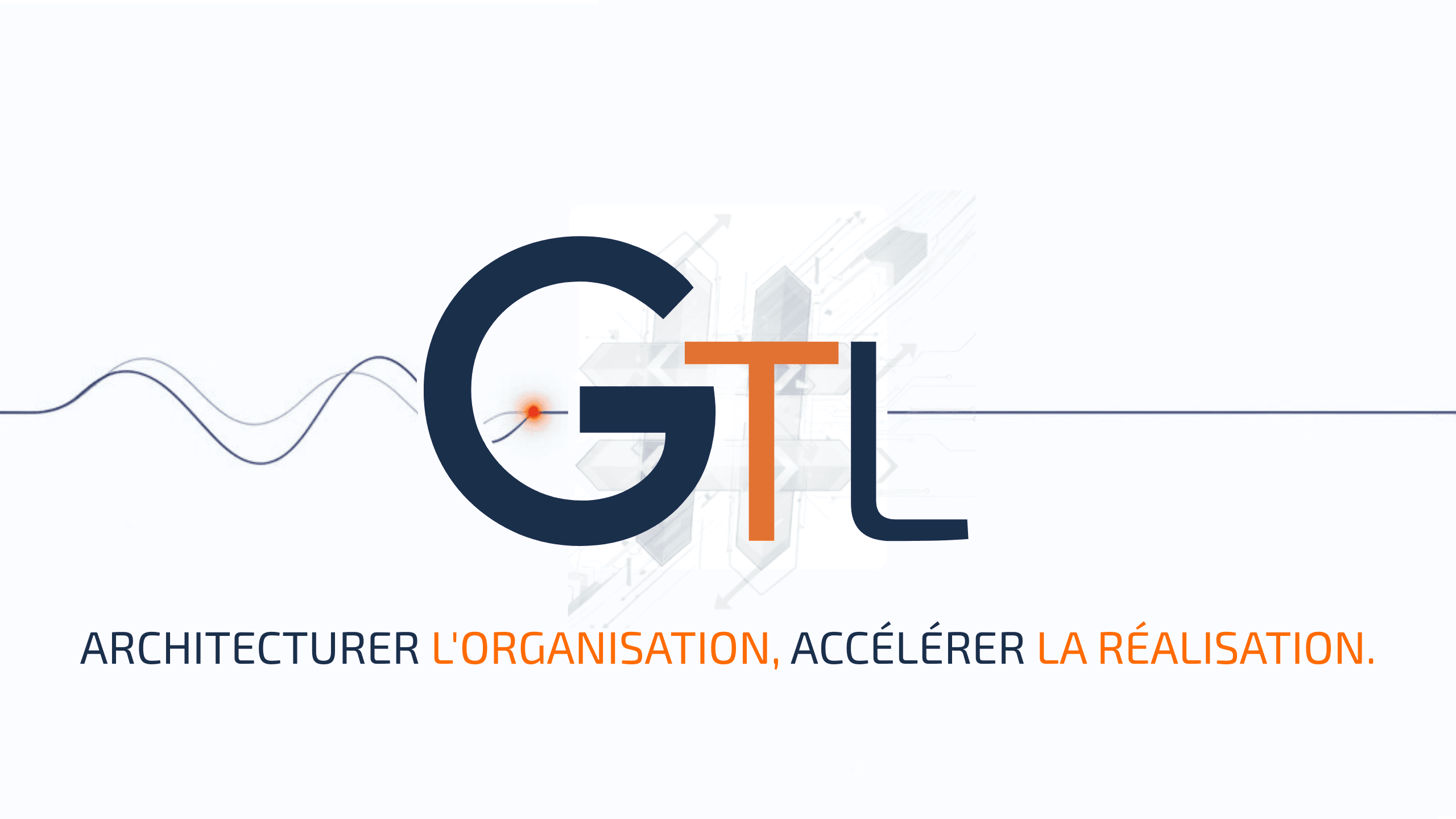How to Restructure a Tech Team for More Agility and Velocity: Applying Team Topologies in a Scale-up
The rapid growth of a startup, often called a "scale-up," is a success in itself, but it also mercilessly reveals organizational friction. What worked perfectly with 5 developers in a garage quickly becomes a major bottleneck with 20, 50, or even 100 engineers. Communication problems, inter-team dependencies, and a loss of velocity are common symptoms. This is precisely the challenge we tackled and turned into a success at Shift Technology, by relying on a proven methodology: Team Topologies.
The Problem: Silos and Dependencies Slowing Down Innovation
When we joined the tech team at Shift Technology, an innovative AI company for the insurance industry, the situation was typical of a scale-up's challenges. The company had nearly 40 top-tier data scientists, but despite their expertise, collaboration between the Product and Tech teams was complex and created significant bottlenecks.
The symptoms were clear:
- Time-to-market was too long for new features or strategic developments.
- High dependency of data science teams on engineering teams for deploying and industrializing their models.
- Low team autonomy, creating bottlenecks at the level of the teams providing the underlying platform (infra, DevOps, SRE) and diluting the sense of ownership.
- Friction and disengagement due to misaligned expectations and unclear processes.
These organizational silos were not just slowing down velocity; they were impacting innovation and employee satisfaction.
Our Approach: Team Topologies and Conway's Law in Action
To address these challenges, we chose to apply the principles of Team Topologies, a pragmatic and communication-flow-oriented framework for organizing teams. This model is based on the premise that to optimize performance and satisfaction, you must intentionally structure your teams and their interactions. It relies heavily on Conway's Law, which states that "organizations which design systems are constrained to produce designs which are copies of the communication structures of these organizations." In other words, if you want a decoupled software architecture, you need decoupled teams.
Our restructuring was based on the clear definition of 4 fundamental team types, each with specific objectives and interaction modes:
1. Stream-aligned teams
Role: These teams are the heart of the organization. They own one or more customer value streams, from idea to production. They are multidisciplinary (developers, QA, Product Owners, designers) and autonomous in delivering value continuously. Example at Shift Technology: Teams dedicated to fraud detection for a specific type of insurance policy (e.g., auto, home), including the necessary data scientists and engineers.

2. Platform teams
Role: These teams provide "platforms as a service" to Stream-aligned teams, reducing their cognitive load. They build and maintain the shared tools, infrastructure, and services that enable other teams to be faster and more autonomous. Example at Shift Technology: A team responsible for the MLOps platform, CI/CD deployment tools, or the cloud infrastructure (Azure).

3. Enabling teams
Role: These teams help Stream-aligned teams acquire new skills, adopt new technologies, or overcome specific technical obstacles. Their mission is to "spread knowledge" and then dissolve once the objective is met, avoiding becoming a permanent bottleneck. Example at Shift Technology: A temporary team to assist Stream-aligned teams in adopting a new testing framework or an advanced DevOps practice.

4. Complicated Subsystem teams
Role: These teams specialize in a highly complex technical component that requires deep and continuous expertise. The goal is to isolate this complexity to allow Stream-aligned teams to focus on business value. Example at Shift Technology: A team managing a very sophisticated AI rules engine or a complex probability calculation system, requiring advanced mathematical or algorithmic skills.

Concrete and Measurable Results
The transformation based on Team Topologies was not just a simple reorganization; it had a profound and measurable impact on the tech organization's performance:
- 40% improvement in data scientist productivity: By freeing data scientists from infrastructure and deployment tasks (thanks to platform teams) and integrating them better into Stream-aligned teams, they were able to focus on their core job: creating AI models.
- 60% reduction in time-to-market for new features: The increased autonomy of Stream-aligned teams and the reduction of dependencies drastically accelerated the delivery of customer value.
- Critical migration to microservices on Azure completed in 6 months: This major architectural overhaul, moving from a monolith to a cloud-native microservices architecture, was made possible by the clarity of responsibilities and optimized collaboration between teams (especially Platform and Stream-aligned).
The organization became an accelerator rather than a brake on innovation.
Going Further
🔗 Associated Podcast (French)
Coming soon!
Resources Used and Recommended Reading
For those who want to implement or better understand this approach, here are the key resources that guided our thinking and implementation:
- Official Website: TeamTopologies.com - The essential starting point with blog posts, case studies, and tools.
- The Foundational Book: Team Topologies: Organizing Business and Technology Teams for Fast Flow by Matthew Skelton and Manuel Pais. This is the definitive reference for understanding the framework in depth.
- Articles and Practical Guides:
- Team Topologies Distilled (PDF): A concise visual summary of the key concepts, ideal for an introduction.
- Martin Fowler - Conway's Law: A landmark article explaining the importance of Conway's Law, a founding principle of Team Topologies.
- Getting Started with Team Topologies: A practical guide for the first steps of implementation.
- Talks and Videos:
- The many talks by Matthew Skelton and Manuel Pais available on YouTube, which offer concrete case studies and insights.
By adopting a structured and intentional approach to team organization, it is possible to transform the challenges of growth into opportunities for innovation and efficiency. Team Topologies provides a robust framework to achieve this.
